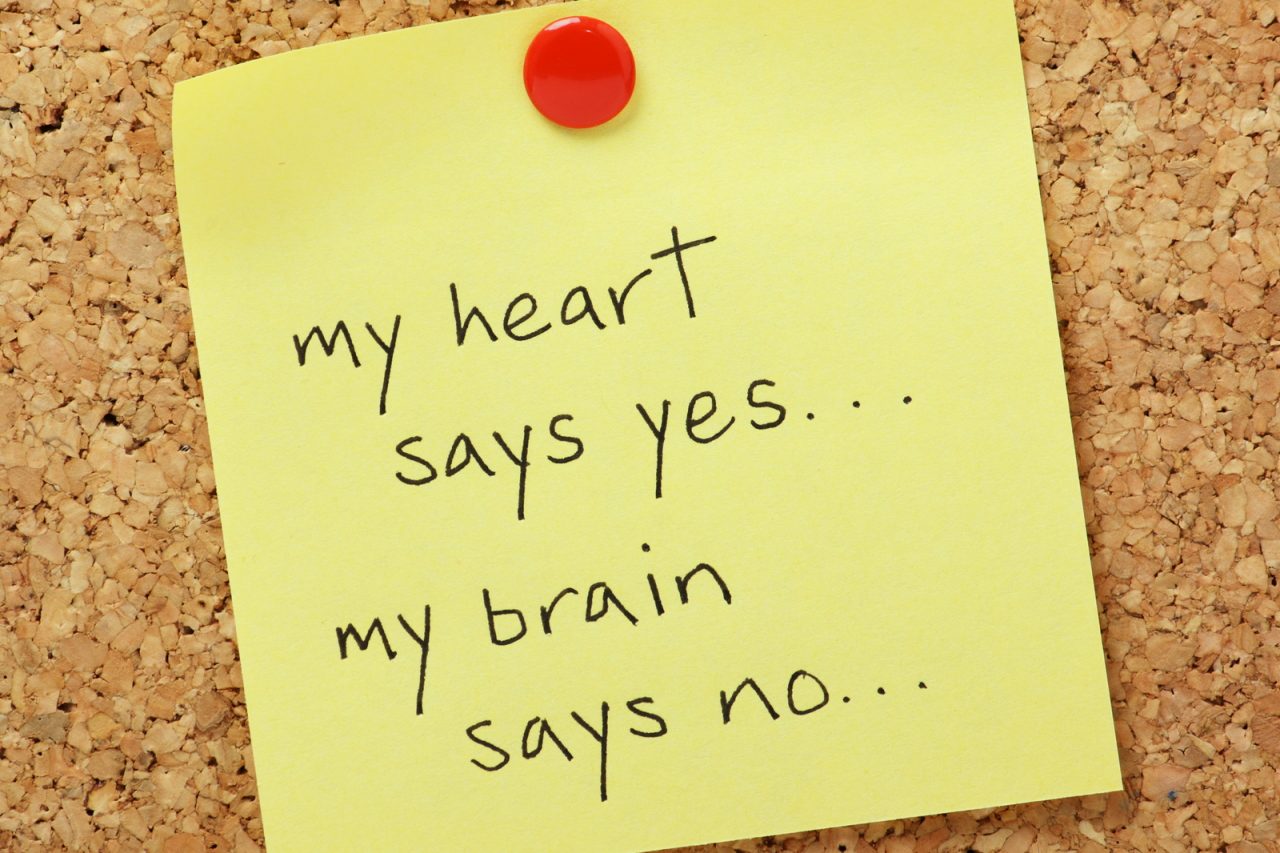Early morning, waves gentle and the breeze still across the water. First sun breaks the horizon to light a blood red clear sky. Captains of ships who wonder from shore know that color bears a warning. Out of sight, far to the east, a storm approaches. Even today, with satellites watching, the ability to read the horizon, the ocean’s color and smell moisture in the air saves the life of many a watery traveler. Such is art as taught by the sea.
The 21rst Century presents us with technology that has transformed health. Radiology, pharmacology, and molecular medicine move toward dominance. Nonetheless, every physician knows that the practice of medicine is still an art. Like a musician, the complexity of communication and counseling requires an ear tuned for tonal nuance. The love of the beauty of his subject guides the surgeon’s hand, like a sculptor carving the finest marble. Just as a painter, the pathologist detects imperceptible differences in color and texture. However, nowhere is the Art of Medicine more apparent than in a physician’s ability to sense slight change, like that in the early morning sky, which raise the threat of danger.
I recently had the privilege of speaking with a brilliant second year Internal Medicine resident. The resident was angry with herself for failing to intervene quickly to help a patient during a sudden medical complication. What made the resident upset was that she had a gut sense that something was wrong. However, after reviewing the data and the tests she could find no objective evidence of the impending catastrophe, thus she delayed. She believed that if she had gone with her gut instinct, the patient might have done better.
Doctors learn to sense slight changes in their patients which signal danger. Perhaps it is fatigue in the patient’s eye or a slowness of gait. Breath that moves a little too fast. The color of blood in a wound. Sweat on a cold brow. An edge of anger or confusion in a response. Even an unexpected delay in the report of a lab test. Red sky at morn. Doctor beware.
There is a vital balance between a doctor’s warning sense, and the routine day-to-day practice of medicine. If a physician followed every possible worry and concern, then patients would spend their life getting useless tests in the Emergency Room. However, a doctor’s clinical judgment that something evil lurks, is a vital skill to be nurtured. The art of medicine is finding that delicate balance.
In speaking to the resident, it occurred to me that the development of this facet of medical art is a core part of medical training. It requires placing each student, intern and resident in harm’s way, so each can learn to sense crisis looming. On the other hand, the presence of teachers who are actively involved in care must provide direction for the student and safety for each patient. Constant rounding and discussion of the decision process are at the core of such education.
We learn to trust individual doctors who through the school of time and by the hand of articulate educators develop fine tuned clinical judgment. Like the ancient mariner sensing danger in the morning sky, such clinicians guide us through rough times. It is vital that we continue to emphasize in the training of our doctors personal apprenticeship to expert clinicians. As long as there is art, we will require artists and they will require masters.







Comment